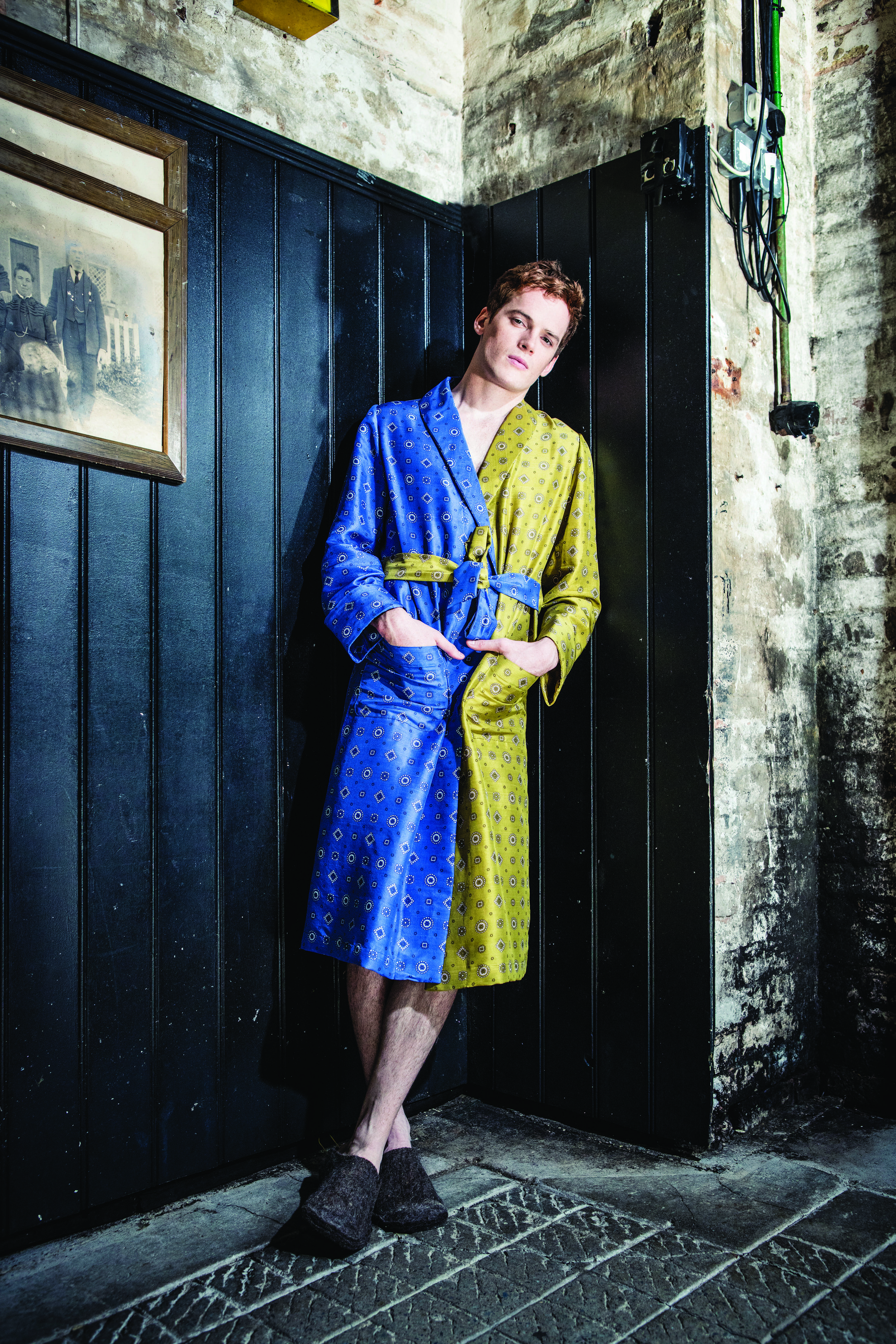With its lush floral bouquet and wreaths, when my large blue and white transferware platter broke it was too special to throw away. A while before I was given a Kintsugi repair kit as a gift and my broken platter was the ideal candidate for a trial run of this technique.
The ancient art of Kintsugi, is the glam rock of ceramic repairs. This elegant method of repair was developed by the Japanese who believe a ceramic piece, once repaired is more beautiful than the formerly undamaged piece.
After repair the china will stand up to gentle use, clean by wiping over with a damp cloth. The platter is perfect for a huddle of plants, or to hold a selection of metze dishes or fresh fruit.
While gluing the pieces together an extra pair of helping hands can be useful to maneuver the china into place, particularly if they are large pieces.
To get hold of your own Kintsugi Kit visit - https://humade.nl
1. Wash the broken china in warm soapy water to remove dirt and grease from the broken edges of the china, rinse and dry.
2. Using a lolly stick mix together equal parts of the two part quick dry epoxy adhesive.
3. Stir a small amount of the gold dust into the adhesive to colour it.
4. Use the lolly stick to spread an even layer of gold adhesive along both broken edges of the china.
5. Wait a minute for the adhesive to start going off before bringing both halves together and then holding together firmly until the adhesive has set. Before the adhesive completely hardens brush over with gold dust.
6. When the adhesive is completely dry, bring a warm glow the gold adhesive by burnishing gently with a soft cloth.
If you like this post check out my post on Envelope Notebook





























































